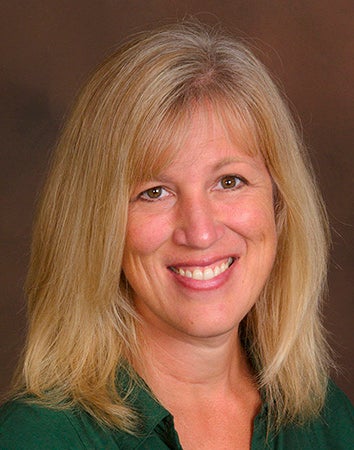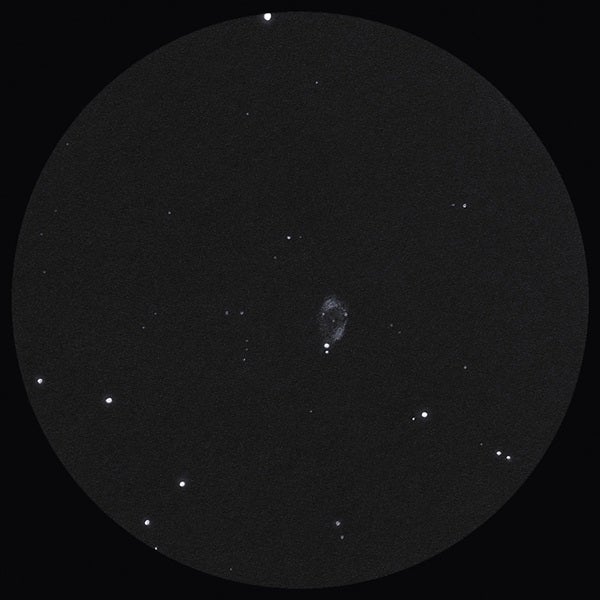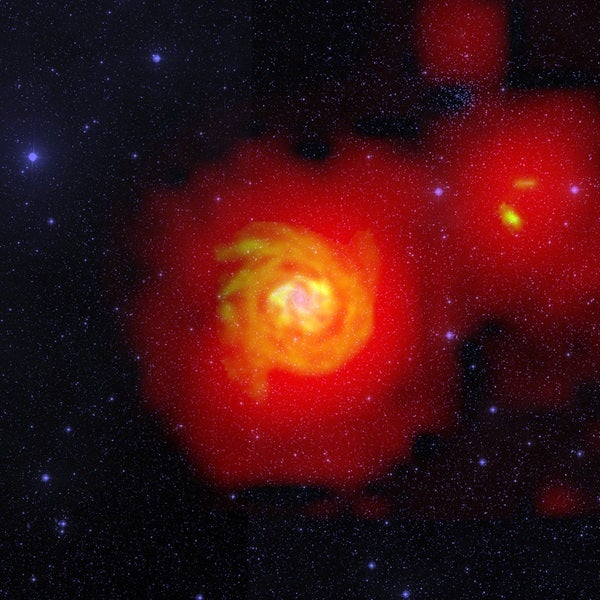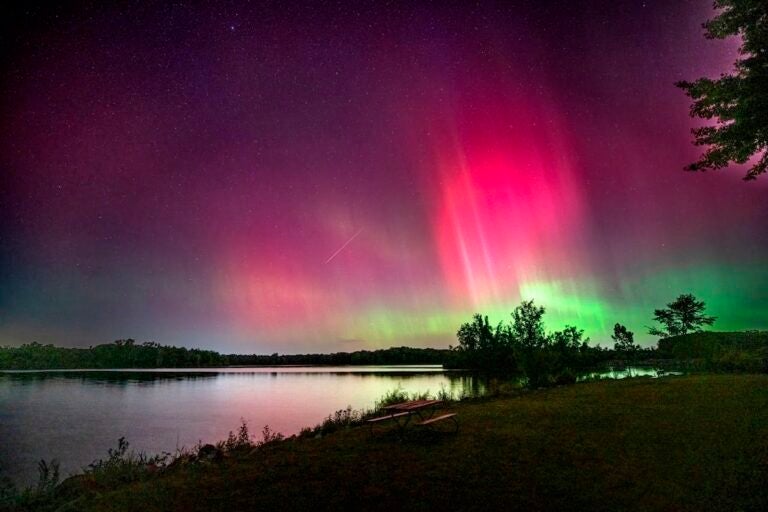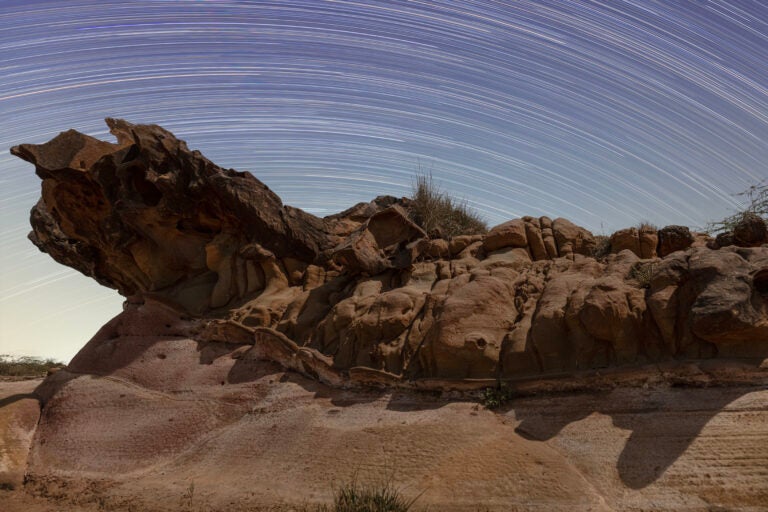Switching to black paper eliminates the guesswork. By using white media in lieu of graphite, you can create a positive image directly at the eyepiece. Along with quality black paper and blending stumps, the basic sketch kit includes (in white) colored pencils, a gel pen, and a pastel or charcoal pencil. I’ll use a sketch of the Fetus Nebula (NGC 7008) as an example.
Reaching 98″ by 75″ across at magnitude 10.7, this bluish planetary nebula lies in the constellation Cygnus the Swan, nearly midway between Deneb (Alpha [α] Cygni) and Alderamin (Alpha Cephei). It’s nestled just next to the northern component of SAO 33060, a striking gold and blue binary star system with an 18″ separation.
Following a typical sketch sequence, add the brightest stars first with a gel pen. The colored pencil is better suited for the dimmer stars because its waxy base produces fainter markings. Once the star field is complete, lightly rub the tip of a blending stump through a patch of pastel outside the sketch area, and then use it to draw the nebula.
The second sketch is of the Fireworks Galaxy (NGC 6946). It’s located 2° south-southwest of Eta (η) Cephei on the border between the constellations Cepheus and Cygnus. At low power, this face-on spiral fits in the same field of view as open cluster NGC 6939, just 39′ northwest. The galaxy’s high levels of star formation and destruction invoke the explosive displays for which it’s named.
Drawing with pastel and charcoal produces a matte finish that smudges and erases easily. It also has the ability to accept multiple layers over itself. That translates to significant control with a blending stump while you build up the structural layers of the Fireworks Galaxy.
Questions, comments, or suggestions? Contact me at erikarix1@gmail.com.

